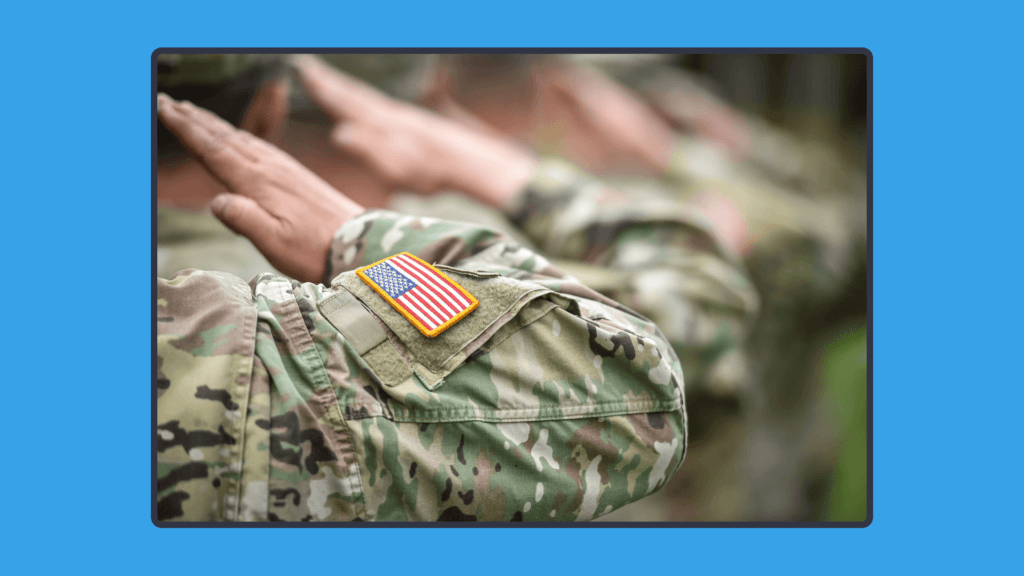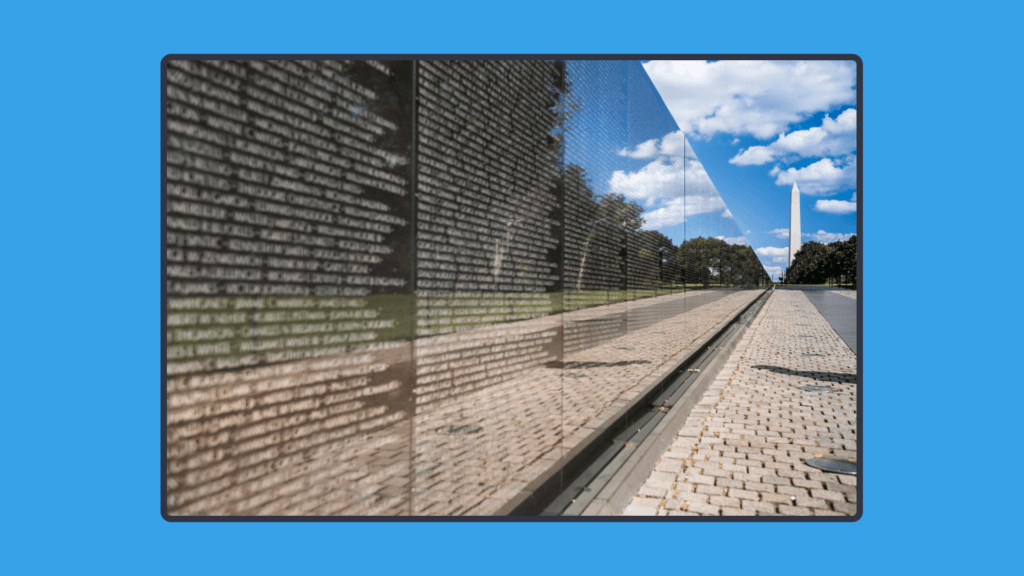Teaching Memorial Day: Inspiring activities for thoughtful reflection
In this guide
Understanding the significance of Memorial Day
Memorial Day is a solemn occasion dedicated to honoring the men and women who have lost their lives in military service to the United States. While many people associate the holiday with barbecues and the unofficial start of summer, its true purpose is to provide an opportunity for reflection, gratitude, and remembrance.
The origins of Memorial Day trace back to the Civil War, when communities began holding ceremonies to honor fallen soldiers. Originally known as Decoration Day, it was established as an official holiday in 1868, with the tradition of decorating graves with flowers and flags. Over time, Memorial Day expanded to recognize the sacrifices of all American service members, not just those from the Civil War.
Every year, Memorial Day is observed on the last Monday of May and serves as an important reminder of the cost of freedom and the importance of national unity. What is Memorial Day? is the perfect video to use to help students understand the history and importance of this special holiday.
It is easy for a day off in May to be lost in the excitement of the upcoming summer break but educators play a crucial role in ensuring students understand Memorial Day beyond its surface-level celebrations.
By incorporating meaningful activities in the classroom, teachers can help students develop a deeper appreciation for the sacrifices made by military personnel and encourage thoughtful reflection on the significance of service and sacrifice. This holiday is an amazing opportunity for students to really understand how important the actions of some have been on securing rights and freedom for future generations.
Classroom activities to honor Memorial Day
Bringing Memorial Day into the classroom can be a powerful way to instill a sense of respect and patriotism in students.
1) Field trip or tour
If you are fortunate enough to live near a memorial then definitely try to set up a class field trip. Being physically present in a space dedicated to individuals who lost their lives in war is an immersive experience that conveys the gravity of sacrifice present.
Even if you are not near a national memorial or have the means to take your students on a trip, do a quick online search to see what is available in your area. You may be able to find something in your community that students can visit outside of class time or virtually within class time.
Fortunately, in this digital age we can also bring the outside world inside the classroom through virtual field trips. The National Veterans Memorial and Museum is one option you can look into for your class and other teachers at your site.
2) A letter of gratitude
Memorial Day is an important time to reflect on how fortunate we are to have brave individuals serve our country. In this activity, students will write letters to active heroes that have stepped forward to serve our country.
This process will help students to have the opportunity to say thank you to active duty service members and appreciate how much they owe to the ones that they can no longer thank.
There are a ton of amazing organizations out there that can help make this a more authentic experience by connecting your students with real life heroes today. Operation Gratitude is a great resource that includes guidelines and templates to help students get started.

3) Moment of silence and flag ceremony
Begin by taking time to recite the Pledge of Allegiance as a class and then hold a moment of silence after you finish. Ask students to share what thoughts and ideas were going through their minds as they went through this activity.
The Pledge of Allegiance and What is the U.S. Flag? both work perfectly for this activity and are great starting points for discussions about important symbols and traditions to honor our country.
Encouraging reflection through storytelling and discussions
Storytelling is a powerful tool for making historical events more personal and meaningful. By incorporating personal narratives and discussion-based learning, Memorial Day can become an interactive and emotional experience that lasts well past the end of the activity.
1) Memorial Day Song
Poetry and songs are a powerful way to tell stories and convey meaning. This activity encourages students to reflect on Memorial Day and contribute to the narrative of this holiday by creating an original work that can be shared with others.
- For younger students, Memorial Day Song provides a wonderful example and ideas about what you could include in your own work.
- Starting this activity by asking for volunteers to share keywords that help describe the meaning and importance of Memorial Day.
- Write or project these words in a place that students can reference while writing their song or poem.
- After students finish, allow time for volunteers to share their work with the rest of the class.
If possible, see if other teachers are willing to let your students perform their finished product with their class. This will help students gain confidence presenting to an authentic audience and spread the message about Memorial Day at the same time.
2) Story Corps
Story Corps is an amazing resource students can visit to hear directly from the people closest to military sacrifice allowing students a portal to the realities of military life and service.
- Ask students to spend time exploring the site and learning about some of the stories featured there.
- Ask them to pay special attention to the details that catch their attention the most.
- Then, tell them it is their turn to become a part of the Story Corps.
- They need to select an individual who served in the military and find a way to amplify their story.
- Allow students to use friends or family members if that is an option. If not, they can go online and find lesser known individuals to highlight.
- Share the stories in an online format, or in the classroom, so students can explore the stories that their classmates created.
If possible, have an active duty service member or veteran visit the class after your stories are done so they can share their own and students can ask questions.

3) What it means to serve
Host a class discussion centered around the theme of sacrifice. Most students will know what the word means, but by digging deeper into this topic they will be able to actually feel the loss and pain that comes with true sacrifice.
Ask students to reflect on questions such as:
- What is the biggest sacrifice you have ever made and why did you do it?
- Why is serving your country worth the sacrifice?
- What are the different types of sacrifice service members make when fighting for their country?
- How do we honor those who have sacrificed their lives for our freedoms?
- What sacrifices can we make to help honor the lives that were lost in combat?
Creative projects for Memorial Day remembrance
Encouraging students to express their thoughts and appreciation through creative projects can make Memorial Day even more meaningful.

1) A modern memorial
This activity not only has an important purpose but also allows students so much creative freedom to express their thoughts.
- A great way to kick this project off is to show them the Tomb of the Unknown Soldier so students can see a physical example created to honor those who may not be able to be recognized individually.
- Ask students to create a modern day war memorial that is intended to honor all of the individuals that have lost their lives fighting for their country.
Depending on the resources you have available, students can:
– Construct physical displays,
– Create multimedia projects, or even
– Perform theatrical presentations. - Have students really think about the most important aspects or elements they want to represent in their memorial.
- Encourage students to work with others and get feedback along the way to ensure that their final product conveys the message they are trying to get across.
If possible, see if there is a public space in your school or community where these projects can be displayed or presented.
2) Memorials around the world
This project asks students to research various war memorials throughout the world as a way to explore how art and remembrance are used to honor those who lost their lives in conflict. This is a great way to investigate themes and commonalities that are consistent throughout time and culture.
Start by assigning students to groups and give them a specific war memorial to research. Give the class time to gather information and create a short presentation on their findings. Conclude the activity by discussing major similarities and differences between the memorials.
Vietnam Veterans Memorial is a great way to introduce this project and detailed instructions can be found in the resource guide.
3) Volunteering and service learning
Memorial Day is all about the individuals that stepped up when their country needed them the most to do the jobs that the average citizen was unwilling or unable to do.
This project is aimed at empowering students to make a difference so they build their own confidence while also honoring those that sacrificed so much more. They will see that selfless action is one of the best ways to honor those who were willing to lose it all.
You can organize a volunteer activity as a class or let students work in small groups to design their own project.
No matter which way you decide to go, make sure you include a reflection piece so students have the opportunity to share what this experience meant to them.
Here are a few ideas to get you started:
- A trash clean up at a park or beach.
- Helping out at a senior center or food bank.
- Tutoring younger students.
- Organizing a clothing drive or donation center.
Memorial Day is more than just a holiday—it is a time to reflect, honor, and express gratitude for the brave individuals who have given their lives in service to the United States. By incorporating thoughtful classroom activities, storytelling, discussions, and creative projects, educators can help students develop a deeper understanding of Memorial Day’s significance.
Students will not only learn about history but also cultivate a sense of appreciation and respect that will stay with them long after the holiday has passed. These stories and themes are critical to developing a sense of patriotism and cultural understanding that unified nations are built upon.

Nick Schwab
briefcase iconLearning Experience Designer
Nick combines his background in psychology, education and design to create physical and digital experiences that empower, engage, and excite learners. His passion lies in constantly developing new learning pathways for students that challenge the status quo in education.
Other posts
Want more content like this?
Subscribe for blog updates, monthly video releases, trending topics, and exclusive content delivered straight to your inbox.
















